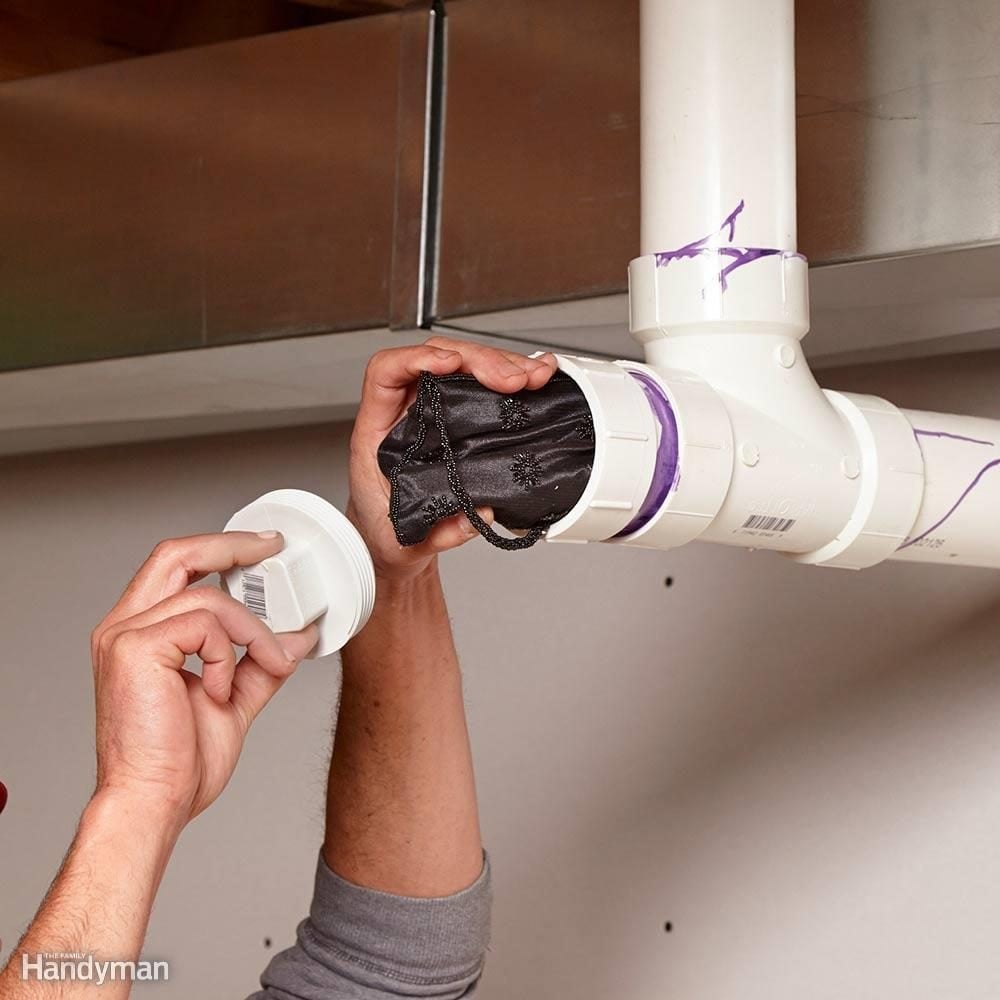We have noticed this post on Winterizing Your Pipes down the page on the internet and reckoned it made good sense to write about it with you on my blog.

All homeowners that live in pleasant environments need to do their finest to winterize their pipes. Failing to do so can lead to catastrophe like frozen, fractured, or ruptured pipes.
Try a Hair Clothes Dryer or Warm Weapon
When your pipelines are practically freezing, your trusty hair clothes dryer or heat gun is a blessing. If the hot towels do not aid remove any kind of resolving ice in your pipelines, bowling hot air directly into them may assist. However, do not utilize various other items that generate straight flames like a strike torch. This can lead to a bigger catastrophe that you can not control. You may end up destructive your pipelines while attempting to melt the ice. As well as in the long run, you might even wind up burning your home. Be careful!
Open Up Closet Doors Hiding Plumbing
When it's cold outside, it would be practical to open cabinet doors that are concealing your pipes. Doing this small method can keep your pipes warm and also restrict the potentially unsafe outcomes of freezing temperature levels.
Require Time to Wrap Exposed Piping
One cool and very easy hack to warm up icy pipes is to wrap them with cozy towels. You can cover them first with towels. After securing them in position, you can put boiling water on the towels. Do it slowly to allow the towels take in the liquid. You can additionally make use of pre-soaked towels in hot water, simply do not fail to remember to wear safety gloves to protect your hands from the warmth.
Switch on the Faucets
When the temperature drops and also it seems as if the freezing temperature will certainly last, it will assist to turn on your water both inside and also outdoors. This will certainly maintain the water flowing with your plumbing systems. You'll finish up throwing away gallons of water this means.
Shut down Water When Pipes are Frozen
If you notice that your pipelines are totally frozen or practically nearing that phase, transform off the primary water valve instantly. You will typically locate this in your cellar or utility room near the heating unit or the front wall surface closest to the street. Transform it off as soon as possible to avoid further damages.
Don't neglect to close external water sources, too, such as your connection for the garden home. Doing this will certainly avoid additional water from filling out your plumbing system. Unfortunately, with even more water, even more ice will pile up, which will eventually cause rupture pipes. It is best to call a specialist plumber for an evaluation if you are unclear regarding the state of your pipelines this winter. Taking this proactive method can conserve you countless bucks out of commission.
All property owners that live in pleasant climates have to do their ideal to winterize their pipelines. Failing to do so can spell catastrophe like frozen, cracked, or burst pipes. If the hot towels do not aid remove any settling ice in your pipes, bowling warm air straight right into them may aid. Transform off the main water shutoff instantly if you discover that your pipelines are completely icy or nearly nearing that phase. With even more water, even more ice will pile up, which will eventually lead to rupture pipes.
PREVENT YOUR PIPES FROM FREEZING THIS WINTER
A Leading Cause of Property Damage
When the weather is taking a deep nose dive into the cold dreary days, the risk of your pipes freezing and potentially bursting skyrockets. Unfortunately, during these cold dreary months, burst pipes are the most common denominator for property damage. The pipes that are most at the risk are those that are in areas where it is most cold in your home. For instance, pipes located in interior places such as basements, attics, and your garage. Unfortunately, that doesn’t mean that the pipes running through your cabinets or exterior walls can’t freeze. Good news, however, is that you can do things to help prevent pipes from freezing.
How to Prevent Pipes From Freezing
Once the temperature starts to drop during the winter, you should be taking the proper measures needed to ensure that your pipes stay warm and that there is circulation of water through them. Some steps that experts may recommend could go against your better judgement when it comes to saving water and heat. However, it would go without saying that when expenses are compared, damaged pipes could put a bigger dent in your wallet than a water bill.
What Can I Do?
- Keep your garage door closed. This is very important, especially if you have water supply lines running through your garage.
- Open your kitchen and bathroom cabinets to allow warm air to circulate through them.
- Allow air circulation throughout your home. Keeping the interior doors open will once again allow the warm air to circulate inside your home.
- Ensure your thermostat is running the same temperature throughout the night and day.
- If you plan to be away from home during the cold months, set your temperature no lower than 55° F. This should provide enough heat to keep the pipes warm and prevent any remaining water inside the pipes from freezing.
- For more of a long-term solution, add insulation to attics, basement, and other crawl spaces around your home.
- By allowing your faucet to drip, it will alleviate pressure in the system. This is important because the pressure that is created between the blockage and the faucet can potentially cause the pipes to burst. Allowing the faucet to drip will prevent the pressure from building up, therefore keeping the pipes from bursting.
- Seal any cracks, openings, and crawl spaces around your home to prevent cold air from coming inside. This keeps your pipes-not to mention your home-warmer and less susceptible to issues caused by freezing temperatures.
- For the pipes in your home that are easily accessible, applying electrical tape to them might prevent them from freezing over. This is a quick fix, as you can apply the tape directly to the pipe. There are two options for heating tapes. One turns on and off by itself when it senses heat is needed. The other type of heating tape needs to be applied when heat is needed and removed when not necessary. If you have exposed pipes in your home, you can check this website to take a look at a few options that would be available at a shop near you.

As a passionate person who reads on How to stop pipes from freezing during the winter, I figured sharing that excerpt was a good thing. Do you know someone else who is fascinated with the niche? Be sure share it. I appreciate reading our article about How to stop pipes from freezing during the winter.
Click Here To Find Out More
Comments on “Efficient Plumbing Winterization Techniques to Stop Pipe Bursts in Chilly Conditions”